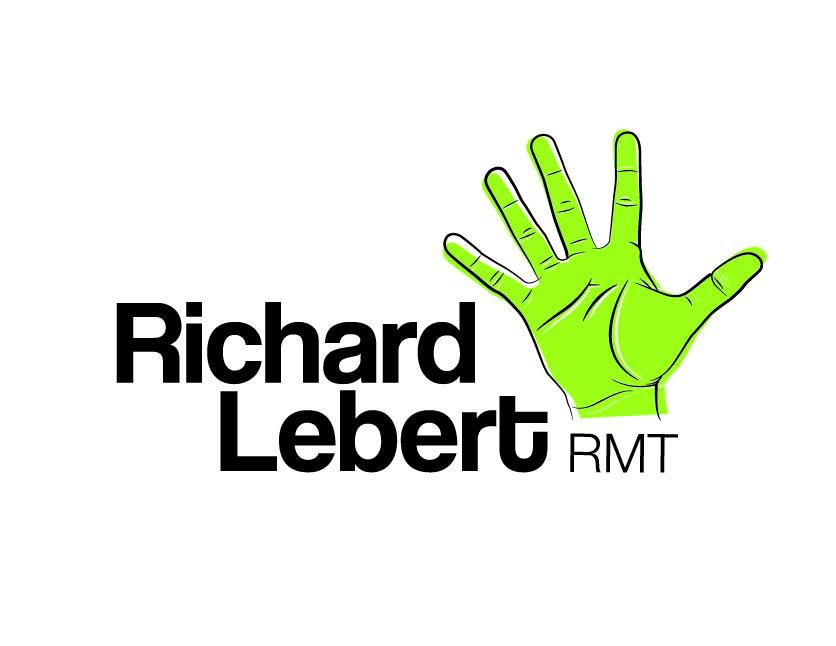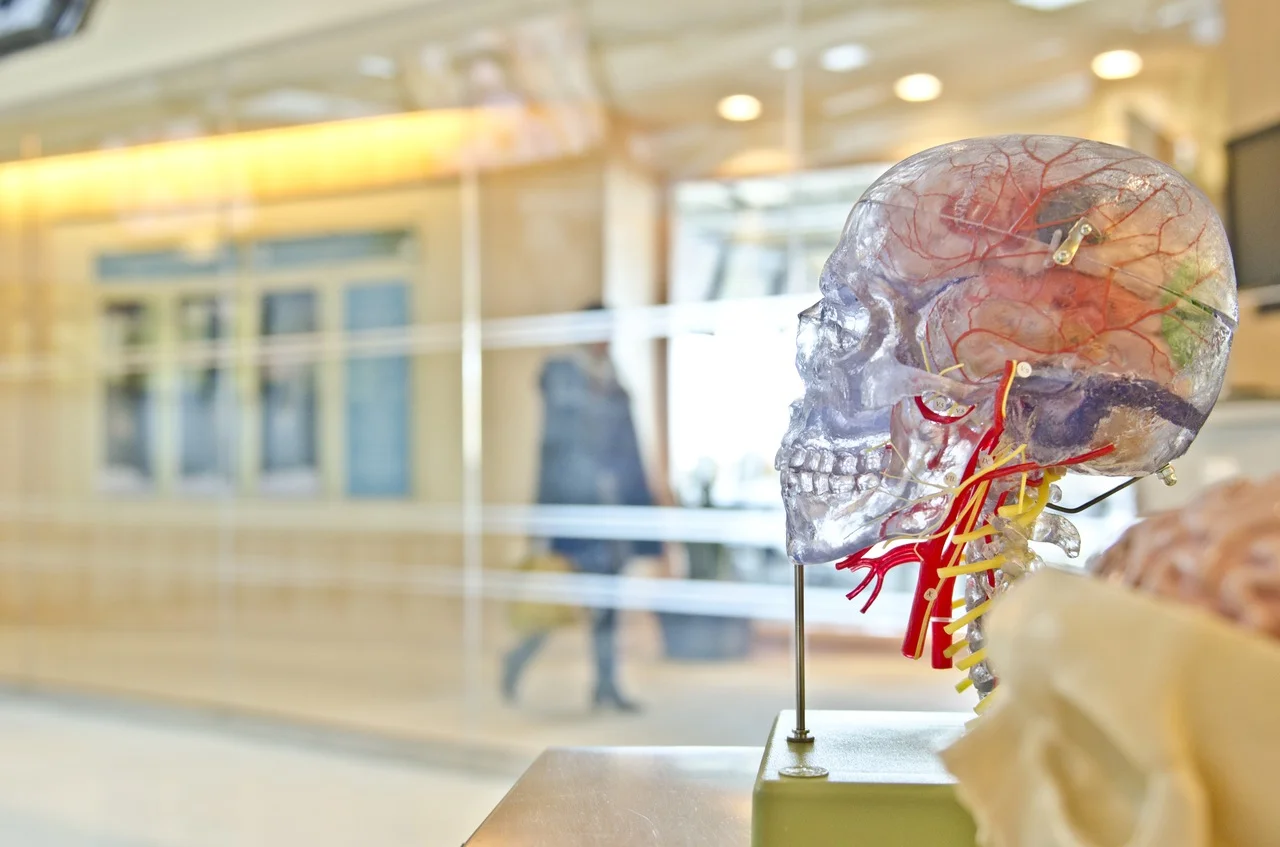Complementary Treatment for a Patient with Migraine Headaches
/In 2017 The Lancet - Global Burden of Disease study, listed migraine headaches are one of the leading cause of disability worldwide.
Physicians, now more than ever are recommending conservative treatment including manual therapy, acupuncture, education and exercise as part of a multi-modal approach to decrease the individual’s headache frequency, intensity, duration and acute medication requirements.
Read More





